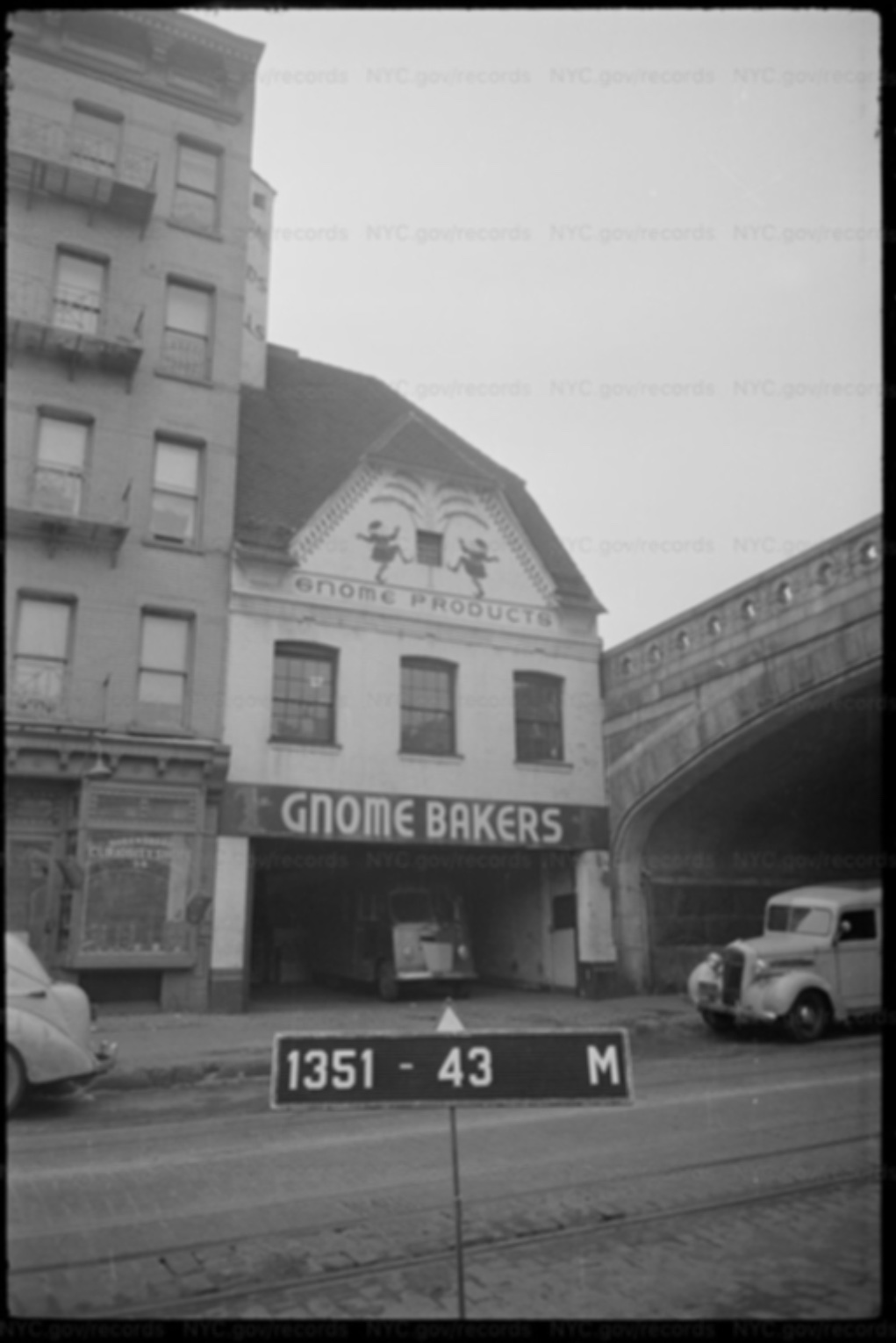An item of interest:
Are you still masking? If you are, please tell me so I don't feel so much like a fucking alien freak. I was called 'hysterical' today because I am still concerned about COVID. That was fun.
— Mask and Vax, please!🌵 (@J__Possum) May 28, 2022
As Boing Boing reports, this tweet resonated with many readers. (Look at the numbers.) With me too, but I’m not worried about feeling like “a fucking alien freak.” I don’t care what anyone thinks. I give no fucks. Or rather, I do give a fuck — about not getting COVID-19 or giving it to someone else.
When Elaine and I went shopping today, we saw, for the first time, no one else wearing a mask. And we live in a county in which only 45.2% of the population is vaxxed. And only half of those people are boosted. And I should care that someone thinks it’s strange to be wearing a mask?




















